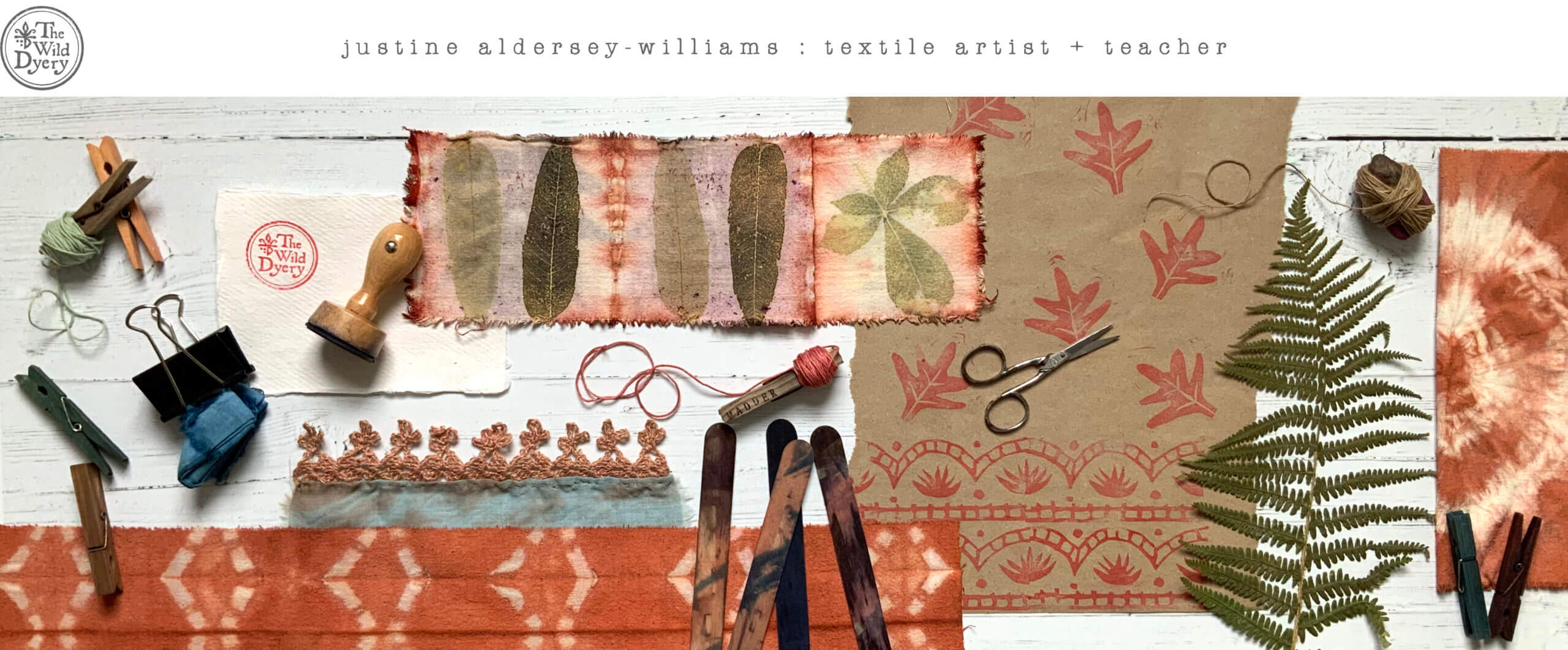
I took the fast train to London last Friday to catch the highly acclaimed ‘Fabric of India’ exhibition which closes today.
Drawn by reports of natural dyeing goodness, I discovered far more to intrigue and inspire me.
Informative videos were included to give further context to the processes involved in the production of each piece so in the absence of photographs which weren’t allowed (apart from the rebel image above!) I’ve included these all together in this article in the hope that they’ll remain online after the exhibition closes.
The videos were vital because in the West we are so used to seeing Indian textiles, often being sold cheaply on the high street (or reproduced in digital versions) that we might assume the pieces had been mass produced in a factory. The videos showed the incredible effort, time and devotion involved in the following techniques which are such an intrinsic part of the Indian heritage.
So famous was India for its unrivalled expertise in natural dyeing that the Greeks coined the name for blue dye, indikos or indigo from the country’s name.
In much the same way that we buy food in a supermarket, forgetting the long process involved in getting it there, this video highlights the effort involved in the journey of cotton from seed to cloth.
I only discovered recently that a cultivated silk caterpillar produces almost a mile long piece of unbroken thread when spinning its cocoon. The pupa must then be stifled before it breaks out in order that the thread can be immediately reeled. Wild silk allows moths to complete their life cycle although the resultant fabric is coarser in texture as broken fibres must be combed, carded and then spun. Ahimsa (which translates as non-violence) or Peace silk also ensures no caterpillars are killed during the production process.
This amazing video shows the time consuming carving of a wooden printing block. Digital surface pattern design can’t replicate the charm of a hand-made print but the time involved raises questions about the value of an Indian artisans time in comparison to a Westerners. Is it a labour of love or echoes of exploitation that infuse the resulting products?
So many techniques shown in the exhibition required incredible skill, patience and time. India has managed to retain much of its rich, hand-made textile heritage despite competition from quicker mechanised processes.
Gandhi’s ‘swaraj’, self-rule and economic self-reliance ethos was influential in preserving India’s heritage crafts. He encouraged every household to spin their own ‘khadi’ cloth and saw this as a way to empower individuals who’s livelihoods would otherwise be threatened by mechanisation. Under British rule, India’s trade was restricted and India fibres would be exported to be woven in English mills only to then be sold back to the Indian market as cloth at inflated prices. This caused a great threat to the domestic textile economy resulting in social unrest and Gandhi’s call for independence. The ‘chakra’ or spinning wheel is still represented on the national flag.
The exhibition concluded with work from contemporary designers including ‘the John Galliano of India’, Manish Arora.
He gained critical acclaim in the West by showing at London Fashion Week in 2005 and has since continued to showcase the incredible talent of Indian textile artists in his heavily embroidered, colourful work.
His initial collections used kitsch representations of Hindu Gods and Goddesses which highlighted another strong influence during the exhibition not shown in the videos; religion. One of the most profound displays was of devotional and religious textiles which were both embroidered with ancient scriptures and anointed with dye colours considered to be holy. The notion of clothing being talismanic is fascinating to me as both a textile designer and yoga teacher and is something I intend to explore in my future work.






Leave a Reply